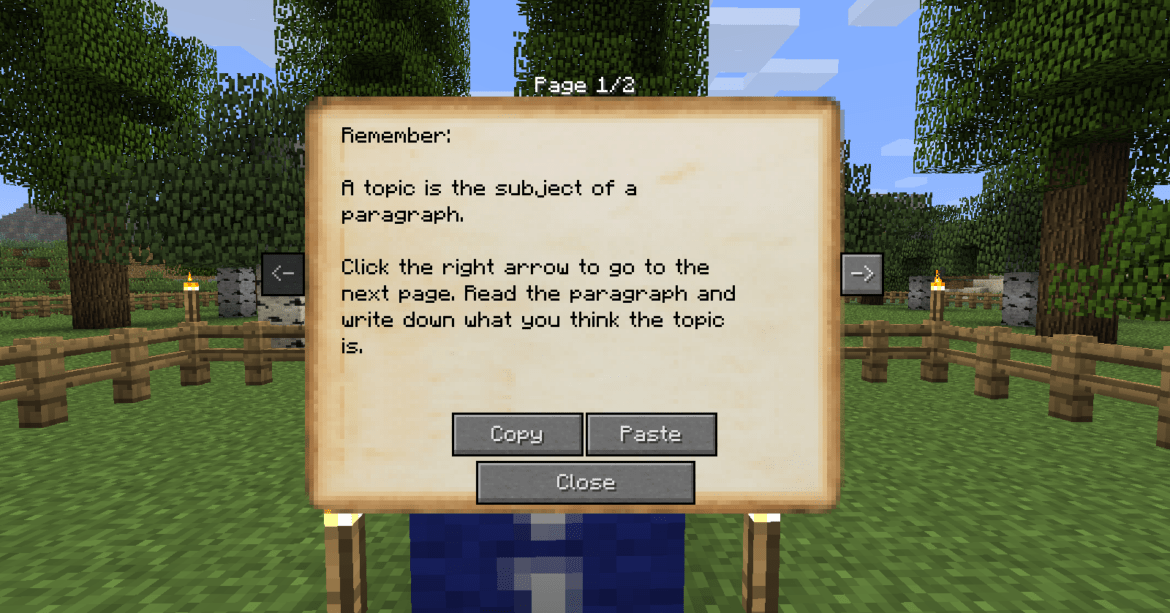When video games first appeared on the horizon back in the 1970’s, critics complained about their ability to rot young people’s minds. And we still hear that complaint today. However, new research is pointing out the value that playing video games can have on young brains, and Minecraft EDU is in the forefront.
What the Research Says
The University of Texas Medical Branch at Galveston conducted an experiment pitting high school video gamers against medical students in virtual surgeries. Using a device that replicated the experiences of real surgery, the participants were scored based on hand-eye coordination, timing, pressure, and 29 other categories. Above and away, the video gamers demonstrated better control in the simulations, suggesting their games provide them with superior preparation for real-world activities.
Another study out of Germany discovered that even simple video games, like Nintendo’s “Super Mario 64,” have a dramatic effect on the development of the brain’s gray matter in the right hippocampus, right prefrontal cortex, and cerebellum, which are responsible for spatial navigation, memory formation, especially spatial memory and strategy. These skills are useful in everyday life — navigating cities, estimating distances — but also have associations with a number of complex academic fields, including mathematics, engineering, and architecture.
Video Game Use in the Classroom
Of course, not every video game is suitable for classroom use. But one that’s gaining a lot of attention recently is Minecraft. In Minecraft, players must dig (mine) and build (craft) different kinds of 3D blocks within a large world of varying terrains and habitats. Unlike most video games that have an integrated plot line to follow, the online Minecraft game requires players to explore and discover on their own. As a result, students can develop enhanced problem solving, goal setting, and teamwork skills, all the while picking up basic math, reading, and even programming. Think of it less like a game and more like a creative toy.
What makes Minecraft even better for the classroom is that an EDU version is available that has many additions to the original game that are more useful and appropriate for a school setting. A student management system is included to control where students can go, what they can build, and how they interact with the online world and each other. Powerful building tools for teachers allow you to quickly add your own content to the game. And lesson plans and activities are also provided to make it easier for teachers to integrate the game into learning.
To Play MinecraftEDU
In order to take part in the game, you will need client software user licenses for each simultaneous player and at least one server license. The server software has a one-time cost of $41. Fewer than 25 user licenses cost $18 each, or $14 each for more than 25. A typical scenario is a teacher buying 25 game licenses ($350) and the server software ($41), for a total of $391. Larger discounts are available. The game can be played on Macintosh, Windows, or Linux computers.
If you want to discover other video games that are appropriate for the classroom, be sure to take a look at the list from MIT’s Scheller Teacher Education Program. And learn more about game-based learning in the May 2014 issue of the TechEdge magazine.

